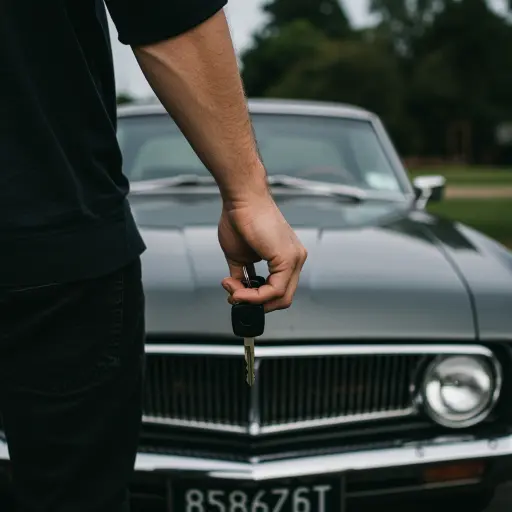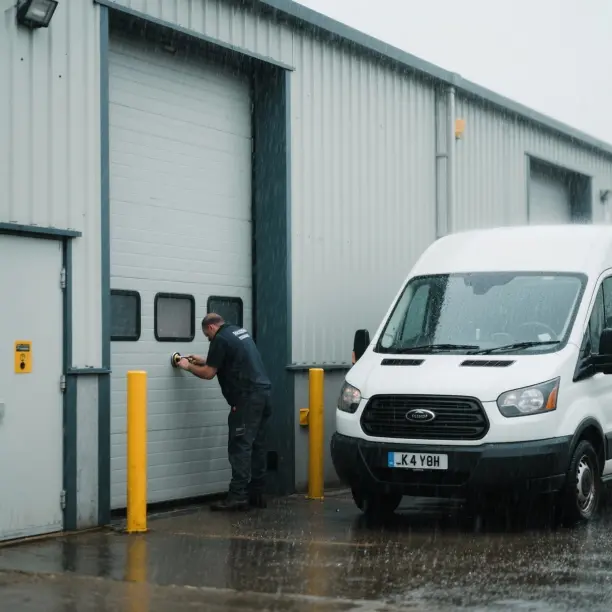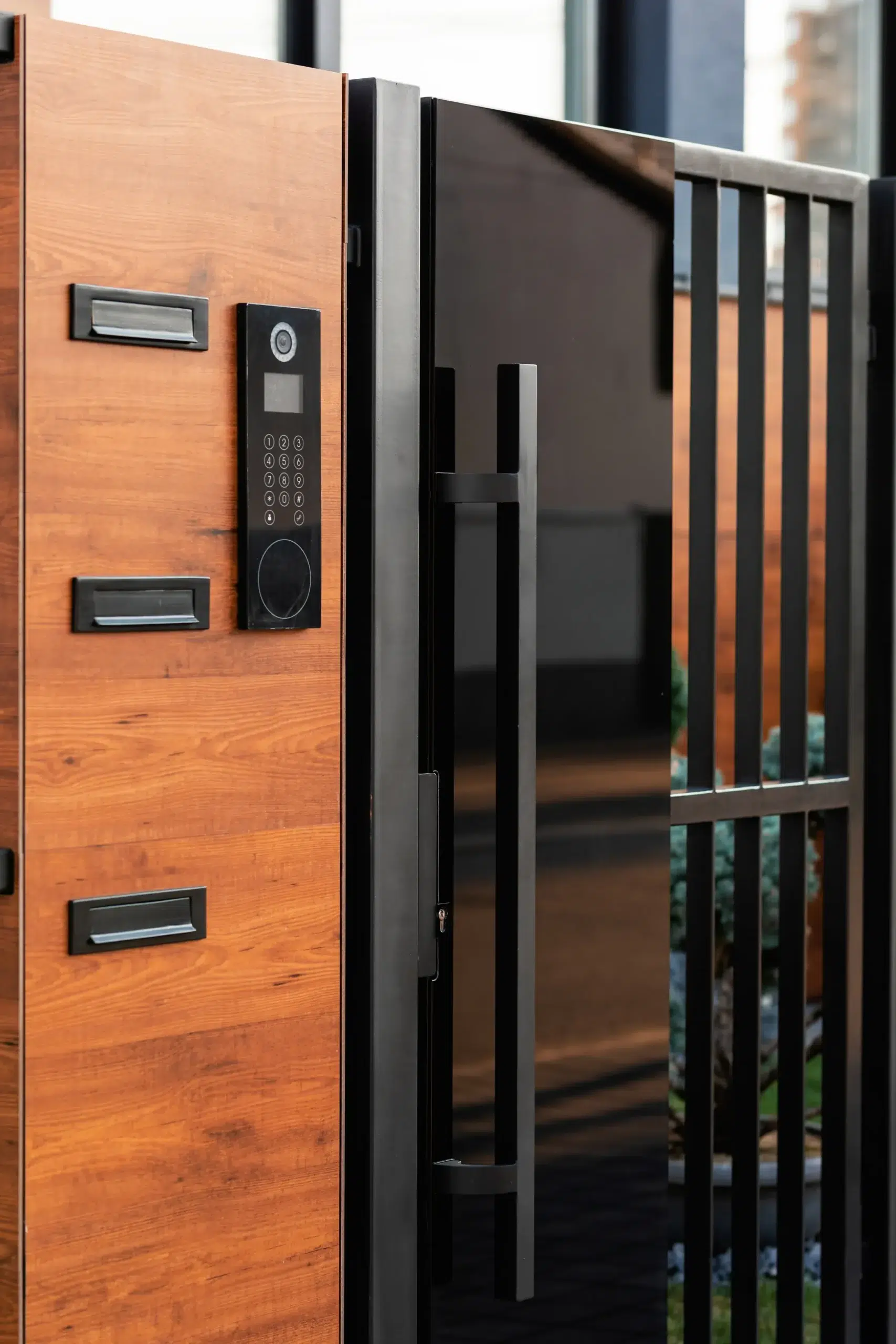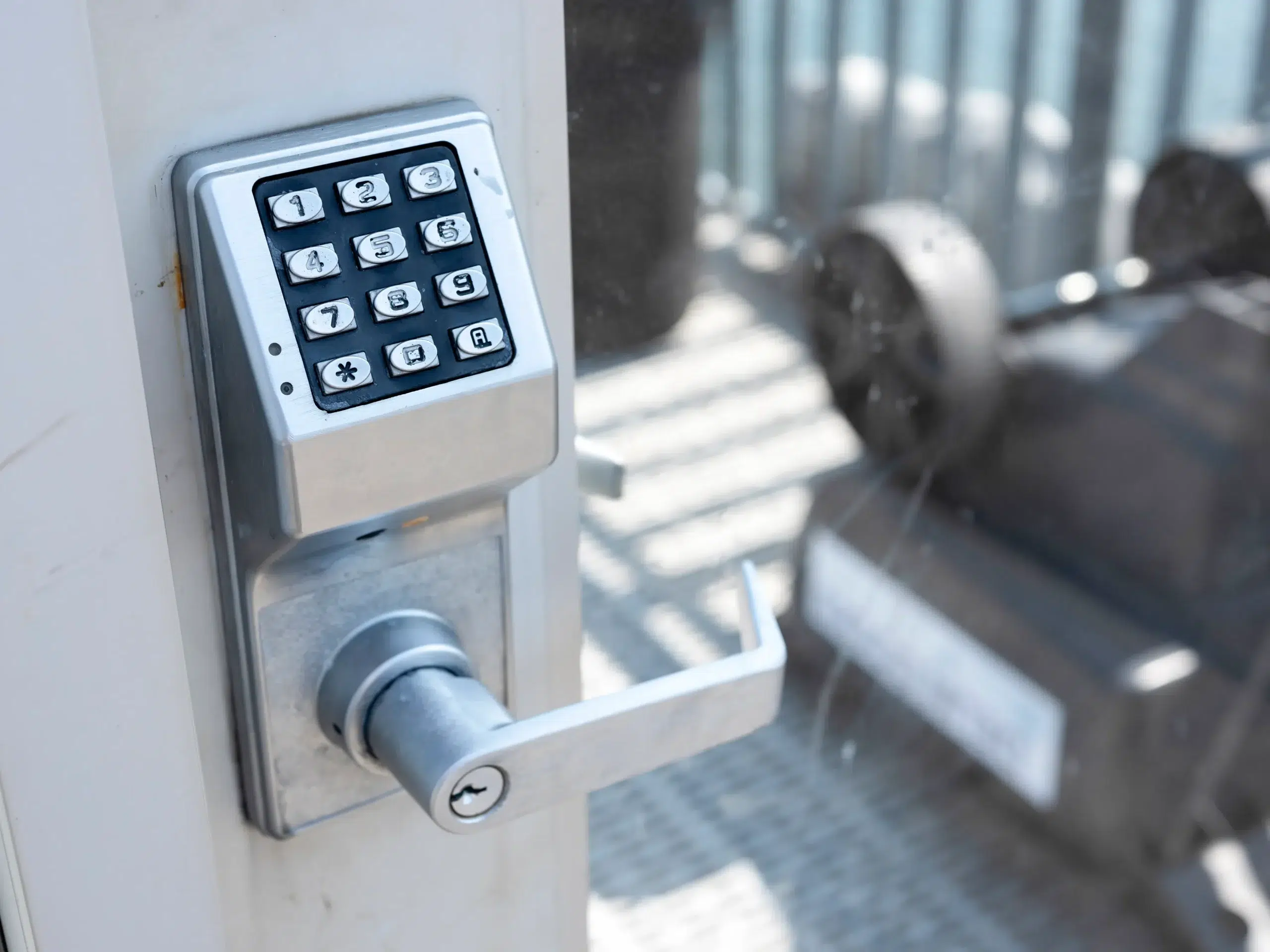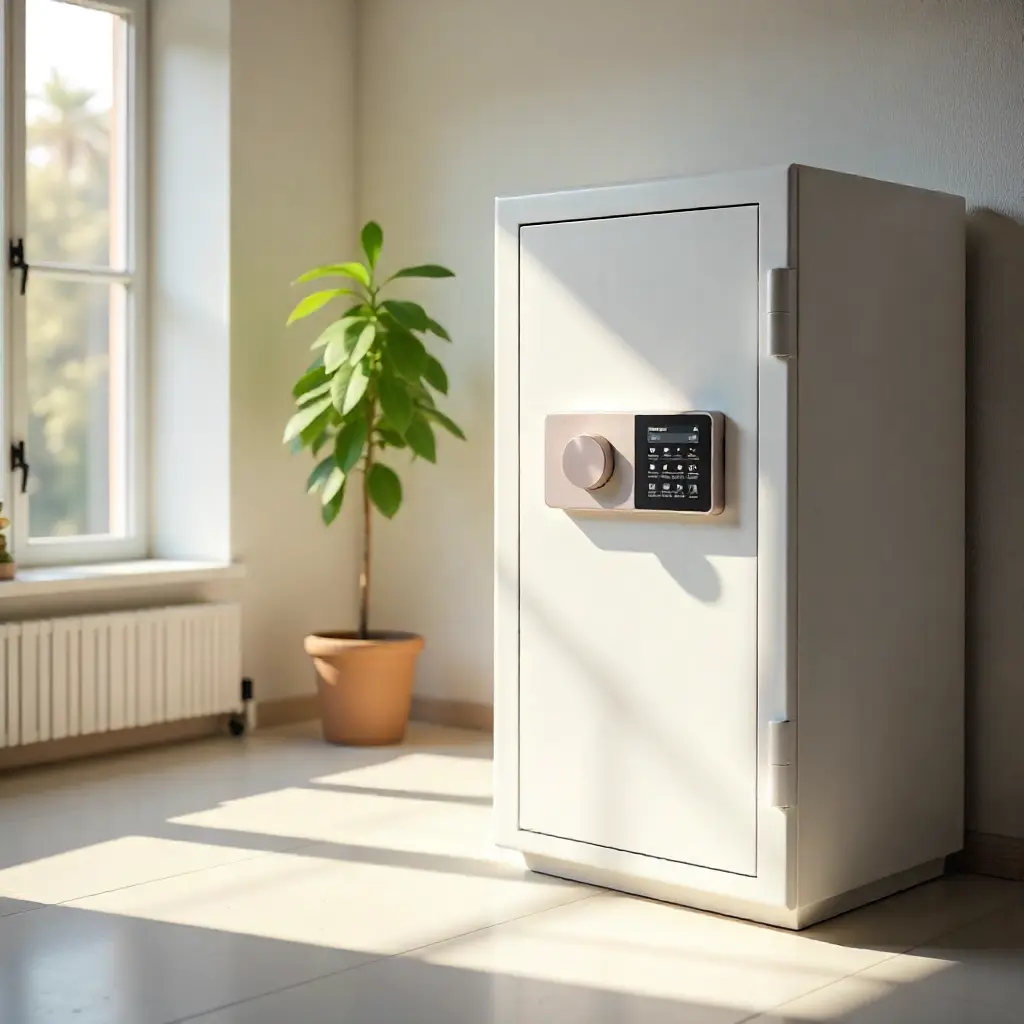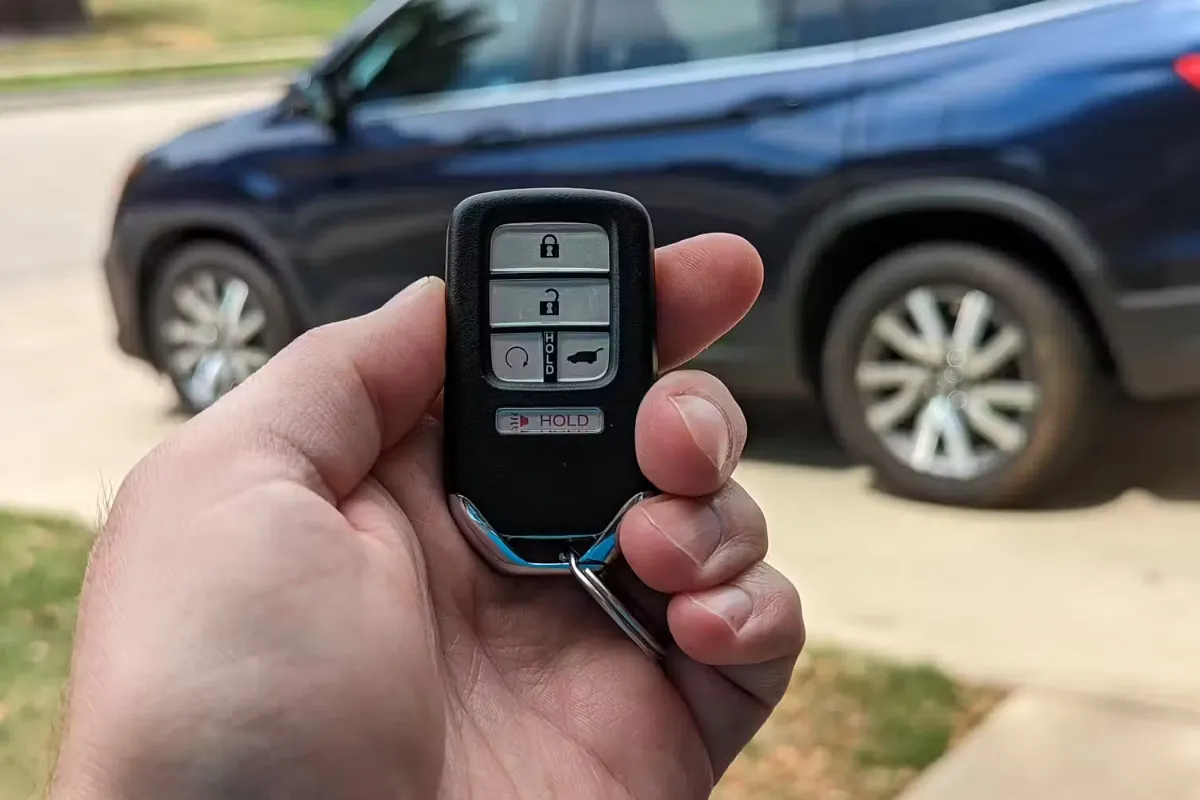Door Lock Repairs: How To Fix Door Lock Problems ASAP
Is your entryway mechanism giving you trouble? Nothing’s more frustrating than a jammed or broken mechanism keeping you from getting in or out of your home. Whether it’s a sticky key, a loose handle, or a completely broken system, quick action can save you from being locked out.
Most door lock repairs can be handled at home with basic tools, while others might need professional help.
EXCELLENTTrustindex verifies that the original source of the review is Google. Amazing service from John. He did everything in 5 minutes. I will keep in touch for more of his service. Definitely recommend!Trustindex verifies that the original source of the review is Google. Quick and efficient. Friendly staff. Can be there in emergencies.Trustindex verifies that the original source of the review is Google. This was a refreshingly good experience! John promptly responded to my early morning call about my keypad lock not working. He came within 20 minutes, offered alternate ways to try to get the lock open and eventually got it open. We had to purchase a new lock, I called John again for the installation, and he arrived at the stated time and installed our new lock quickly, efficiently, and without mess!!!!! A very knowledgeable and polite person. Highly recommend this locksmith.Trustindex verifies that the original source of the review is Google. John was the nicest, professional and efficient. Came right away was a great help:)Trustindex verifies that the original source of the review is Google. Spoke to John on the phone and he was at my place in less than 15mins. He fixed the issue with my car in less 5 mins at a very reasonable price. He’s very fast and efficient. I recommend him anytime, anyday. Keep up the good work 👍Trustindex verifies that the original source of the review is Google. John was incredibly helpful and handy in getting me into my apartment. He was very skillful and compassionate and opened the lock within 5 minutes. Highly recommend.Trustindex verifies that the original source of the review is Google. Great customer service. Very quick, very helpful and very nice!Trustindex verifies that the original source of the review is Google. Showed up on time, quick, clean and efficient work and reasonable price.Trustindex verifies that the original source of the review is Google. John was knowledgeable and pleasant to deal with! I was stuck in a plaza with a 2 year old and called 3 other companies including CAA they all gave me a very long window to wait. So glad I called 770, John was there within the hour and I was very gratefulVerified by TrustindexTrustindex verified badge is the Universal Symbol of Trust. Only the greatest companies can get the verified badge who has a review score above 4.5, based on customer reviews over the past 12 months. Read more
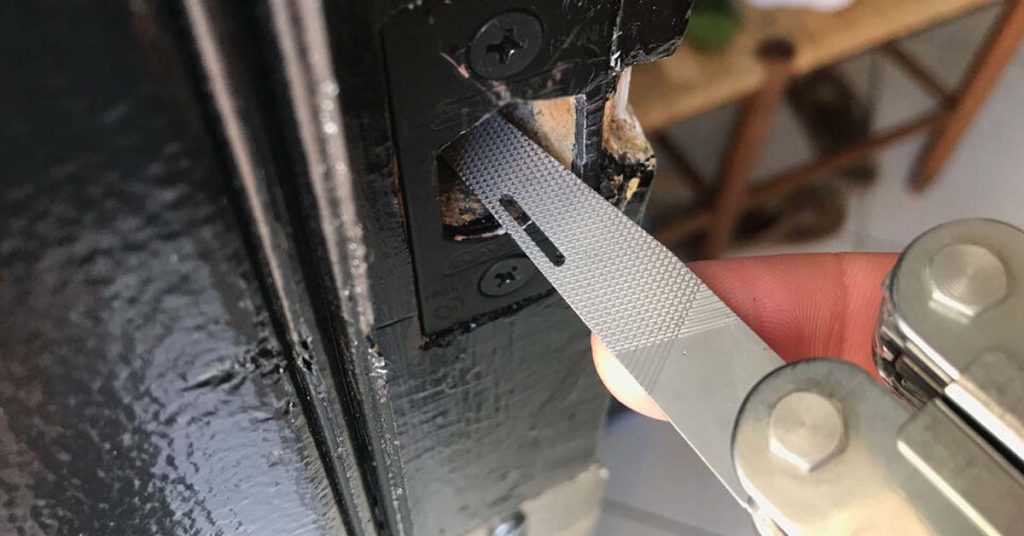
Door Lock Repair Problems: Diagnosing Malfunctioning Locks
Before jumping into fixes, you need to figure out what’s wrong with your entry mechanism. The first step is careful observation. Is the key turning smoothly? Does the handle move properly? Can you hear the internal components working?
Common issues include stuck mechanisms, misaligned strike plates, and worn-out parts. Sometimes dirt and debris can cause problems too. Listen for unusual sounds when operating your entryway hardware. Weather changes can also affect how well these mechanisms function. Many door lock repairs start with proper diagnosis, saving you time and frustration.
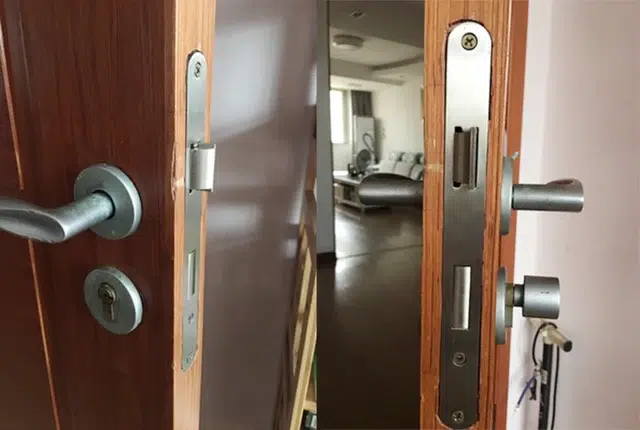
DIY Door Lock Repair: How to Fix a Door Lock
Many entryway hardware problems can be fixed without calling a pro. Start with simple maintenance like cleaning and lubricating. A can of graphite spray or silicone-based lubricant works wonders for sticky mechanisms.
For loose handles or knobs, you’ll usually find screws that need tightening on the interior side. Remove the decorative plate (called the escutcheon) to access these fasteners. If your key won’t turn smoothly, try cleaning the keyway with compressed air. Sometimes the issue is just alignment. Professional door lock repairs can be expensive, so these DIY solutions are worth trying first.
Replacing Strike Plates and Lock Cylinders
When basic fixes don’t work, you might need to replace some components. The strike plate often needs adjustment when doors won’t latch properly.
To replace a strike plate:
- Remove the old screws and plate
- Position the new plate in the same location
- Mark and drill pilot holes if needed
- Secure with new screws, making sure everything aligns
For cylinder replacement, you’ll need to remove the internal mechanism. Always check compatibility before purchasing replacement parts.
Sliding Door Lock Repair: Solutions for Patio Doors
Patio entrance security presents unique challenges. These systems often include track-based mechanisms that can collect debris. First, thoroughly clean the tracks using a vacuum and small brush.
Check the roller assembly at the bottom of your sliding panel. Worn rollers cause the entire panel to sit improperly. Most rollers can be adjusted using screws at the panel’s bottom edge. Door lock repairs for sliding systems might include adding auxiliary locking devices like security bars. These prevent the panel from sliding even if the main mechanism fails.
Emergency Door Lock Repair: When to Hire Professionals
Some situations require expert help right away. If you’re completely locked out or have a broken key stuck in the cylinder, it’s time to call a certified technician.
Professional locksmiths have specialized tools and training for complex issues. They can also help with security upgrades like installing high-security deadbolts. When selecting a service provider, look for proper licensing and insurance. The most common door lock repairs professionals handle include broken cylinders and advanced electronic system malfunctions.
Conclusion: Ensuring Long-Lasting Door Lock Security
Regular maintenance prevents most common entryway hardware problems. Every few months, clean and lubricate your mechanisms to keep them working smoothly. Check for loose screws or misalignments and address them promptly.
Quality matters when it comes to home security. Investing in better hardware now can save you from frequent door lock repairs later. Modern options include keyless entry systems, which eliminate many traditional mechanical issues. Remember that your entryway mechanisms are your first line of defense – keeping them in top condition protects what matters most.
FAQ
Can a door lock be repaired?
Absolutely! Most door lock repairs are totally doable. Common issues like sticky mechanisms, loose handles, or misaligned parts can be fixed at home. With basic tools and some patience, you can solve many problems yourself. For complex issues involving broken internal components or smart locks, professional help might be your best bet.
How to fix a door lock that gets stuck?
First, try cleaning the keyway with compressed air to remove debris. Then apply graphite or silicone lubricant (never WD-40!) to help things move smoothly. Check for loose screws around the handle and tighten them. If the mechanism still sticks, disassemble the handle assembly and clean the internal parts carefully.
How to fix a misaligned door lock?
Check if your strike plate matches up with the latch. Loosen the screws and adjust its position slightly. Sometimes the door itself has shifted – tighten the hinges or add a shim behind them. For stubborn cases, file the strike plate opening slightly larger or use a metal file on the latch itself.

